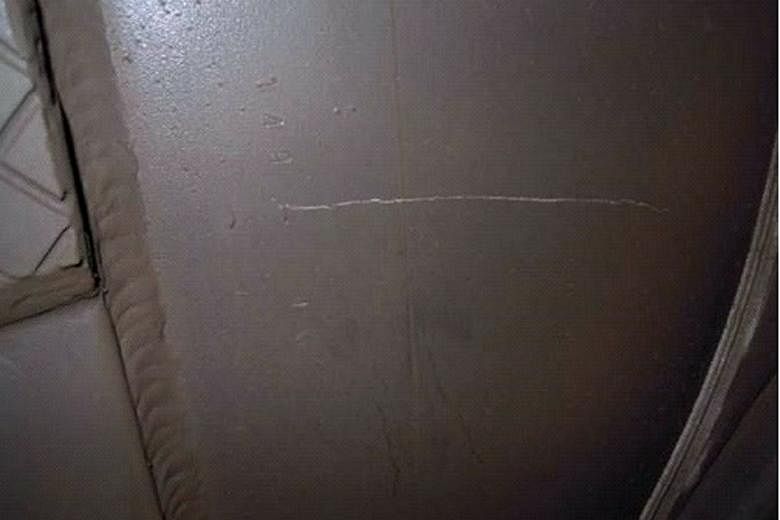SINGAPORE - The hairline cracks in the 26 MRT trains being sent back to China for repairs were due to a problem during the manufacturing process, the Land Transport Authority (LTA) said in a statement on Wednesday (July 6).
Laboratory tests after the cracks were found in July 2013 showed that they were caused by a localised impurity in the aluminium car-body material that occurred during the manufacturing process.
The trains have been progressively sent back to the manufacturing factory in China since July 2014. As they were under warranty, the contractor is replacing the entire car body shell as well as covering the shipping costs. Each replacement takes up to four months.
"Hence, to minimise the impact on our train operations in Singapore as well as the lack of facilities and space for repair works of this nature at our depots, only one train is sent back to the factory in China at any one time," said LTA.
From next year, when new trains arrive and the trains currently undergoing resignalling are ready, the LTA said it would be able to send two trains concurrently for repair works. This means the 26 trains can all be fixed by 2019.
To date, five trains have had their car-body shells replaced and a sixth is currently undergoing repairs.
Hairline cracks on the surface of the car-body bolster, an aluminium alloy structure which supports the car-body on the bogie, were found during a routine inspection of the trains made by China Southern Railway (CSR) Qingdao Sifang Locomotive and Rolling Stock Company.
LTA engineers and its contractor, as well as an independent third-party assessor TUV Rheinland, concluded after tests that the cracks would not affect the operational safety of the trains.
According to online news portal FactWire, some of the trains had windows shattering repeatedly.
The LTA said that five trains had cracks in the draughtscreen, the glass panel at the end of a row of seats. These cracks were caused by errors in the installation process.
Factwire also reported that in 2011, one train's Chinese-made uninterruptible power supply batteries exploded during repair.
The LTA clarified that there was one incident on one train, which happened during the routine testing of new trains before they are put into service. The cover of the train battery housing flew open due to a build-up of gases. As a result of this incident, the LTA added that the manufacturer replaced its supplier and improved the design of the battery housing for all affected trains.
FactWire reported that CSR Sifang is said to have replaced all the batteries with German-made batteries. These batteries supply power for lights and ventilation during a breakdown.

